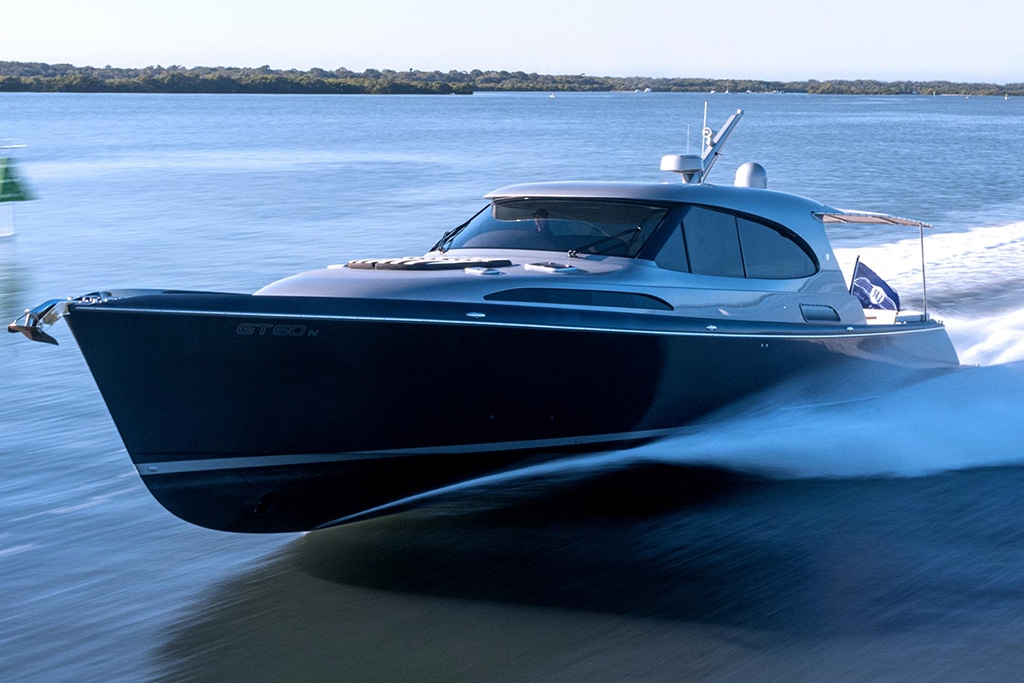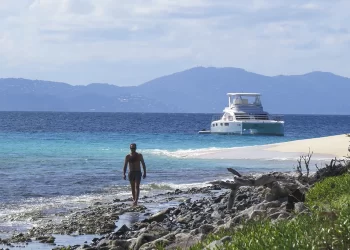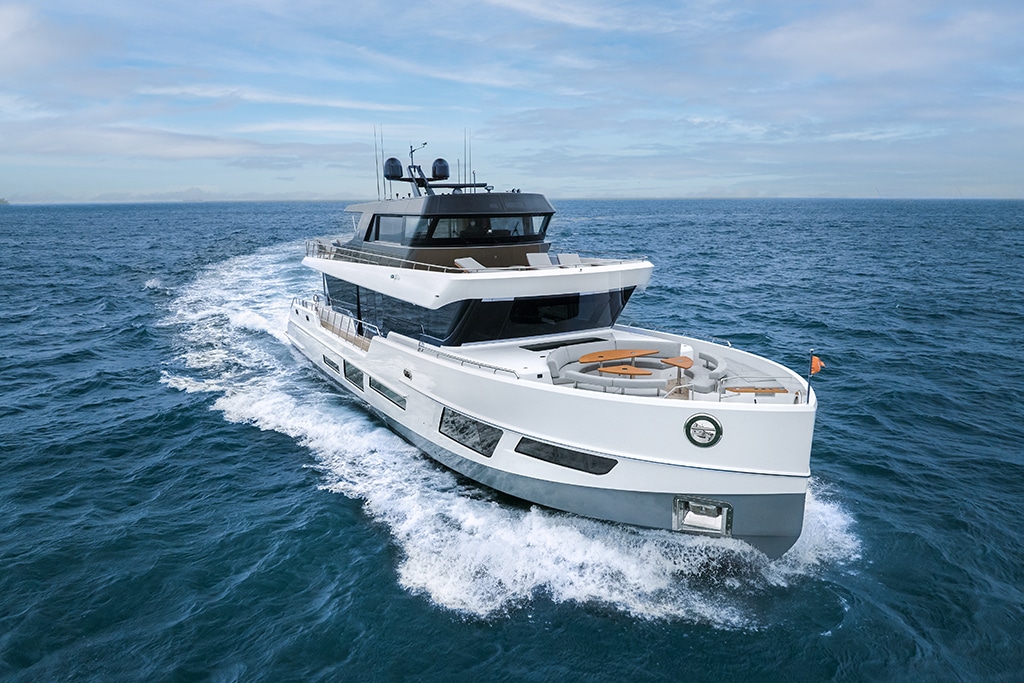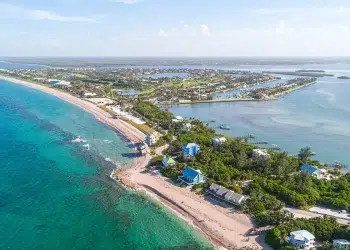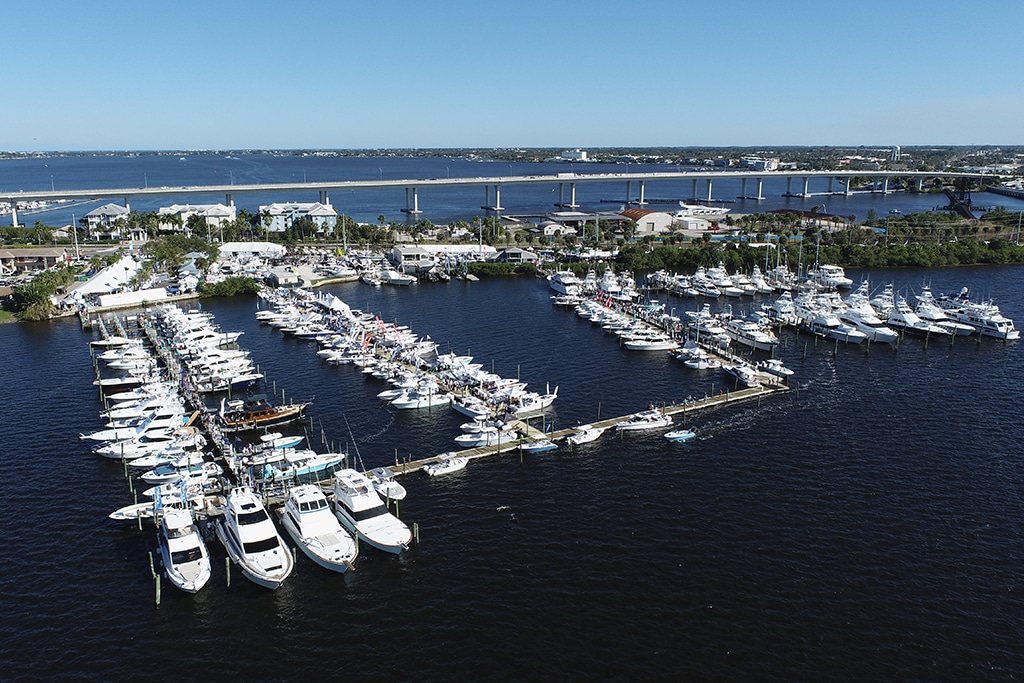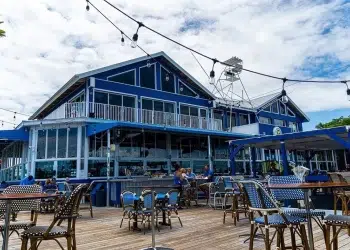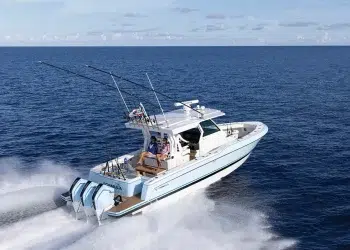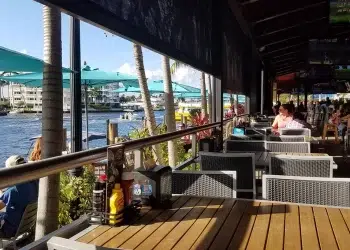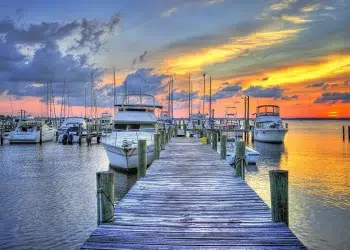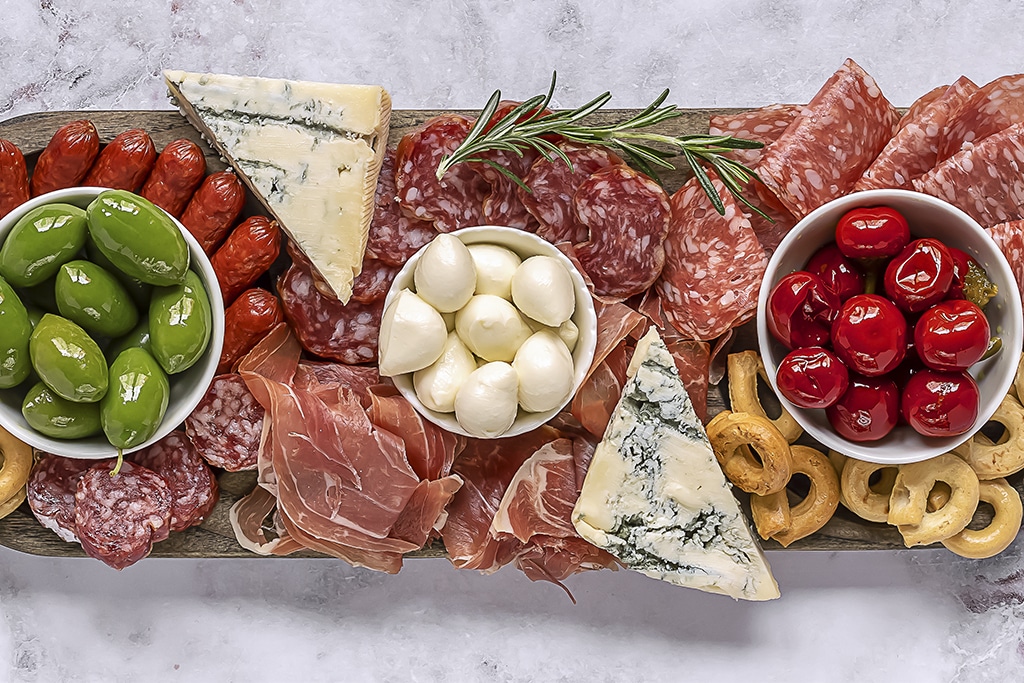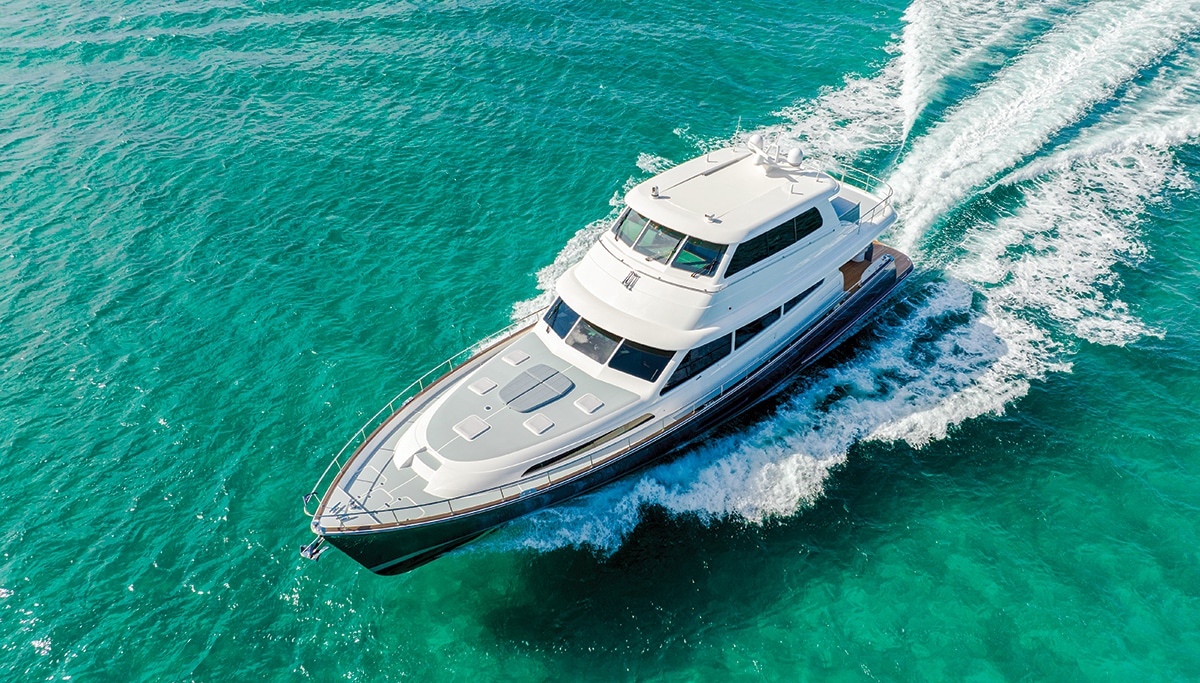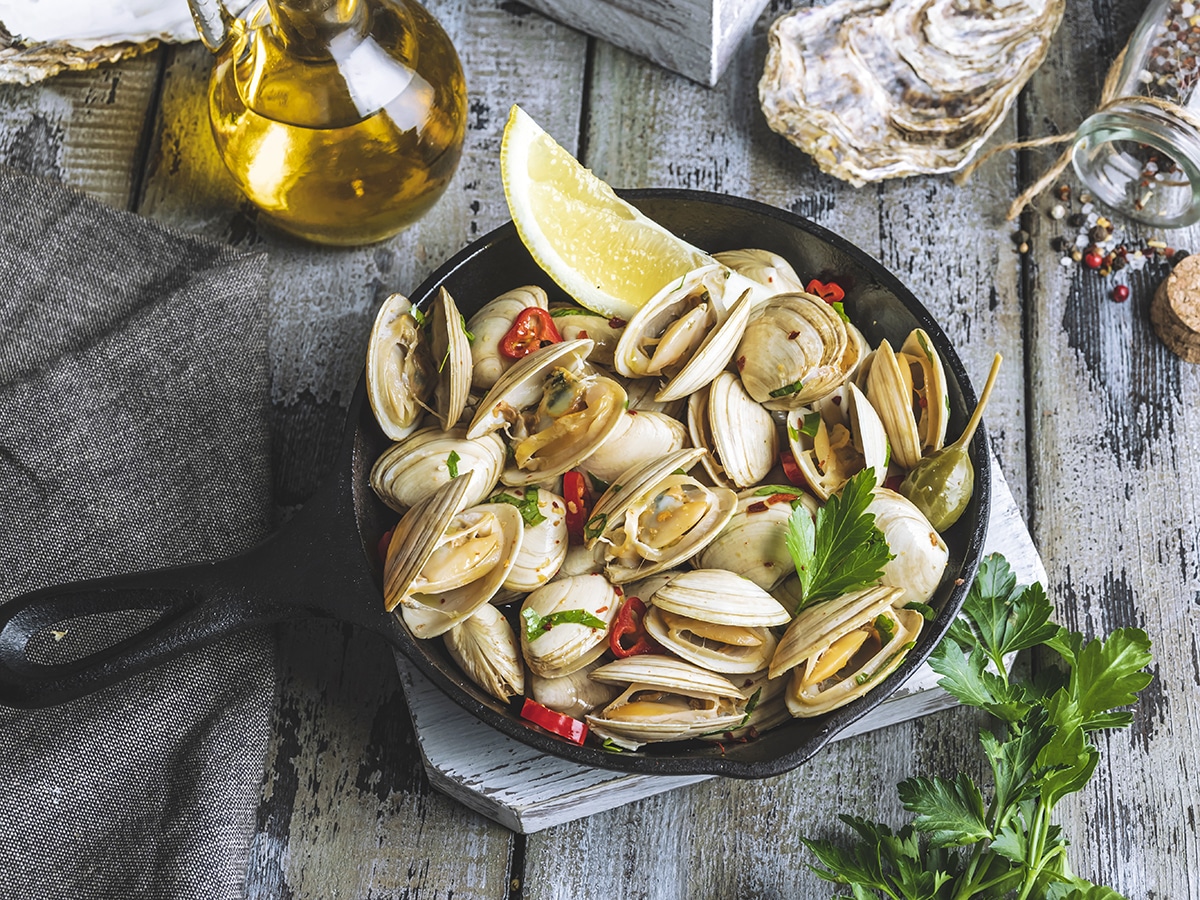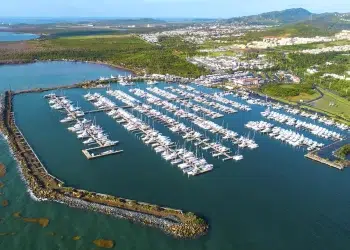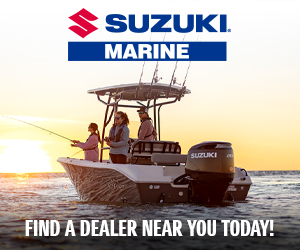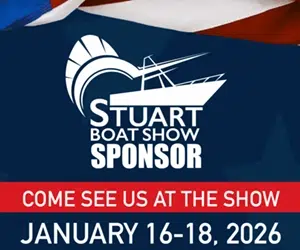Featured
Featured posts
Palm Beach GT60 – A MODERN CLASSIC
Grand Banks are pleased to release this two and half minute film that reveals the underlying relationship between the Classic...
Read moreDetailsWhat Your Legs Could Be Telling You About Your Heart Health
On her way she met a copy. The copy warned the Little Blind Text, that where it came from it...
Read moreDetailsTips for Chartering a Yacht
Tips for a Successful Charter Dos, don’ts, and simple steps to a great boat vacation There’s no vacation like a boat...
Read moreDetailsCL Yachts CLX96
The X Factor CL Yachts shakes things up with its first X series yacht CLX96. It’s an X boat, a crossover....
Read moreDetailsYamaha Introduces Upgraded 450-Horsepower XTO Offshore® Outboard
Yamaha Marine kicks off 2023 with new product offerings including an updated XTO Offshore outboard which delivers greater convenience, enhanced...
Read moreDetailsVisit Hutchinson Island
Hideaway on Hutchinson Island Just far enough away to escape the hustle and bustle of the city streets is the...
Read moreDetails49th Annual Stuart Boat Show
49th Annual Stuart Boat Show The 49th Annual Stuart Boat Show, named one of the top 20 events in the...
Read moreDetails5 Best Waterfront Restaurants – Treasure Coast
Florida’s Treasure Coast, comprising Martin, St. Lucie, and Indian River counties, has some of the best waterfront restaurants on the...
Read moreDetailsFormula 387 Center Console
Fish and Play Formula’s 387 center console comes in two styles, but they share the love of fishing and the need...
Read moreDetailsBest Waterfront Dining in Fort Lauderdale
Dock ’n Dine Take the boat to enjoy these restaurants ON THE ICW from Pompano Beach to Hollywood, Florida. Cruising...
Read moreDetailsExploring Florida’s Treasure Coast
Treasure Hunt Florida’s Treasure Coast is a hidden gem. Tangerine and cotton candy-colored clouds billow along the horizon creating the...
Read moreDetailsHow To Make a Perfect Charcuterie Board on Board
Enjoy Your Charcuterie Board on Board Any way you slice it, charcuterie boards make entertaining fun. Charcuterie (shar koo der...
Read moreDetailsGrand Banks 85
Speed to Spare Grand Banks 85 Sky Lounge raises the bar for long-range cruisers. The new Grand Banks 85 continues the...
Read moreDetailsAmerica’s Native Foods
America’s Native Foods Create a holiday meal based on indigenous fare. Each recipe serves 4. November is Native American Heritage...
Read moreDetailsDiscover Puerto Rico
Warm Up to Puerto Rico The island is a U.S. territory and a gateway to the Caribbean. It’s amazing how...
Read moreDetails

